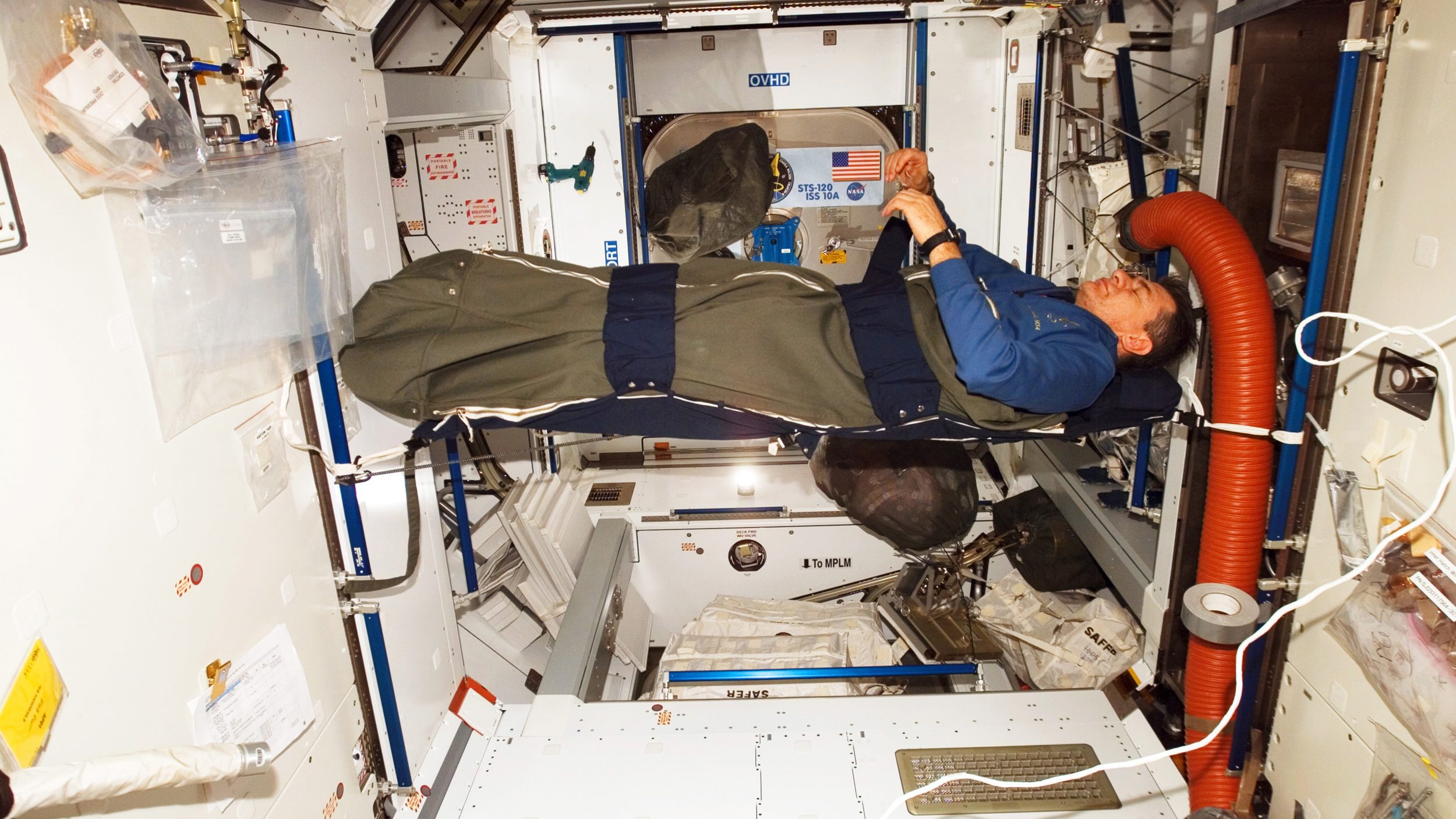
Sea to Space | Science of Sleep Module Outline
SCS.A | How Important is Sleep?
You spend a lot of time sleeping, but what’s going on while you do? Sit back, grab some popcorn and watch our next video all about sleep!
SCS.B | The Anatomy of Sleep
The squishy bit between your ears is a complicated organ and a lot goes into keeping you asleep. Let’s learn about your brain and why sleep is important.
SCS.D | What’s In a Good Night’s Sleep?
Not only is your brain complicated, but sleep is too; it’s much more than just closing your eyes and waking up (grumpy) in the morning.
SCS.E | The Stages of Sleep
Ever nod off and fall out of a chair? No? It’s probably due to the stage of sleep you’re in – come on in and we’ll find out more.
SCS.G | Extreme Environments
Time for a new video – what are some of the factors that affect the way you sleep? It’s not just the neighbor’s dog barking or the sun shining in till late. Let’s explore.
SCS.H | Sleeping Underwater
How much sleep do you need? Is too little sleep better or worse than too much sleep? Can you even GET too much sleep?
SCS.J | Lesson Quizzes, Games & Bonus Questions
Before you nod off, time to find out what you’ve learned about the science of sleep!.You guessed it – review time!
SCS.K | Dive Deeper
Too excited about sleep to actually, well, SLEEP? Don’t worry – we’ve got a bundle of great resources to keep your brain busy till you can!











